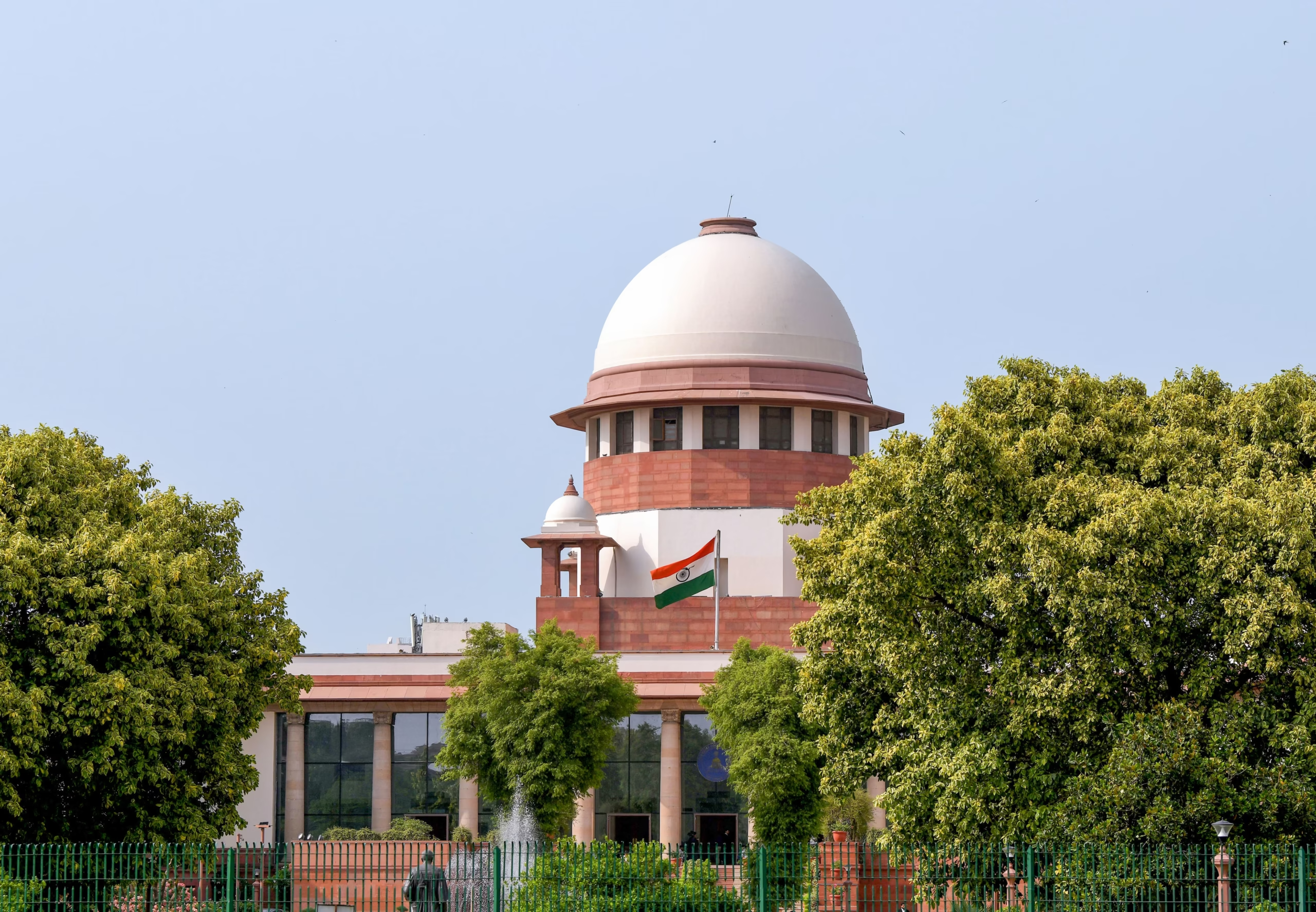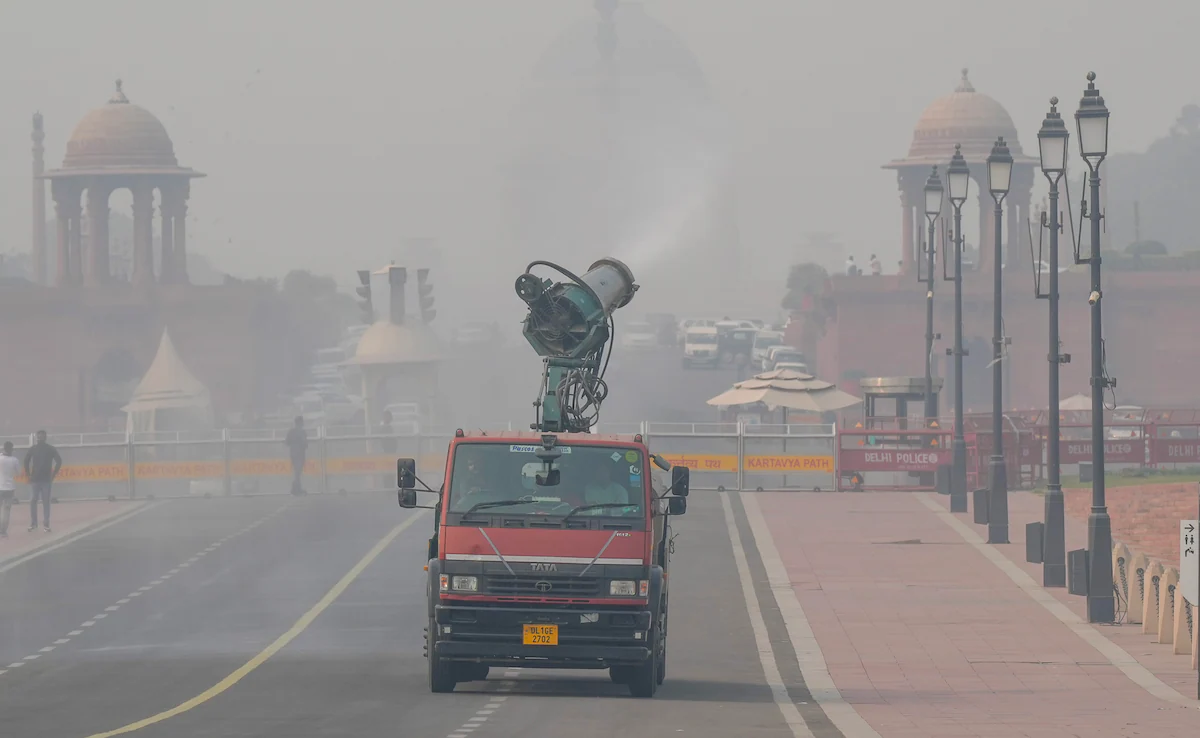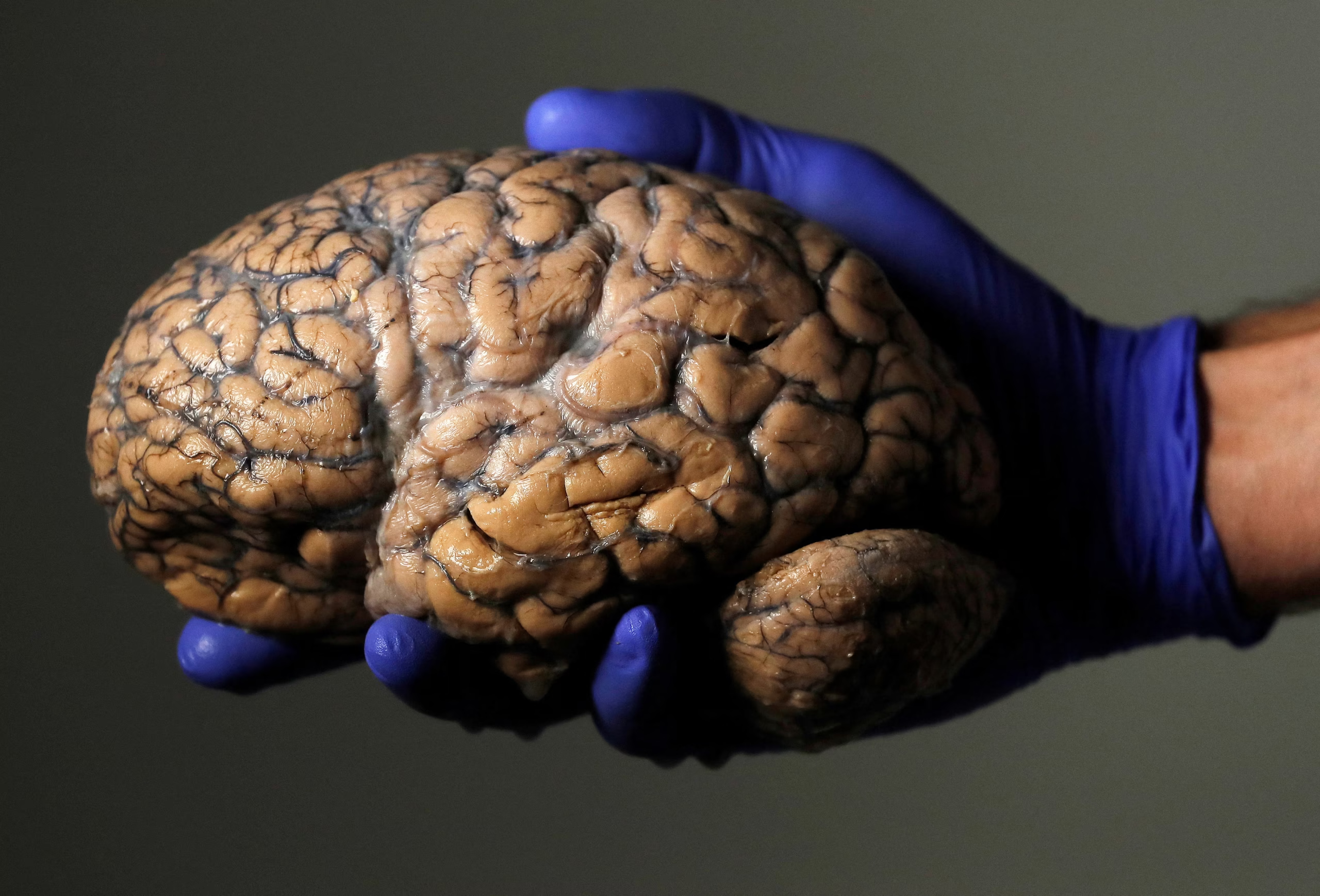Context
- The Supreme Court directed Noida District Hospital to constitute a primary medical board to examine passive euthanasia for a 31-year-old man with 100% quadriplegia in a vegetative state for over 10 years.
- The patient’s father has sought passive euthanasia for the second time in two years.
- The Court observed that the patient’s condition has “gone from bad to worse.”
What is Passive Euthanasia?
- Passive euthanasia means allowing a person to die naturally by withholding or withdrawing life-support systems, such as:
- Ventilation
- Artificial nutrition
- Hydration
- Cardiopulmonary support
- It is permitted in India only under strict guidelines framed by the Supreme Court in Aruna Shanbaug (2011) and liberalised in Common Cause (2018).
Why is Passive Euthanasia Permitted?
- Article 21 (Right to Life with Dignity) → includes right to die with dignity.
- Prevents prolonged suffering in cases with:
- irreversible coma
- persistent vegetative state
- terminal illness
- zero prospect of recovery
- Ensures ethical withdrawal of futile medical care.
How Does Passive Euthanasia Approvals Work in India?
1. Medical Board Examination
- A Primary Medical Board (constituted by the hospital) examines:
- neurological condition
- degree of disability
- prospects of recovery
- level of consciousness
- suffering caused by continued life support
- In this case also, the Court has asked for this board’s report within two weeks.
2. Secondary Board + Judicial Oversight
- As per Common Cause (2018):
- A secondary/state medical board reviews the recommendation.
- High Court supervises the final decision.
- Supreme Court may intervene in exceptional cases (as in this case).
Legal Background:
1. Aruna Shanbaug Case (2011)
- Passive euthanasia allowed for the first time.
- Required High Court approval + stringent conditions.
2. Common Cause vs. Union of India (2018)
- Recognised Right to Die with Dignity under Article 21.
- Legalised:
- Passive euthanasia
- Living Will / Advance Medical Directive
- Simplified procedures (further liberalised in 2023 guidelines).
3. 2023 Supreme Court Modifications
- Reduced excessive layers of bureaucracy.
- Allowed simpler execution of Living Wills.
- Made the medical board process easier and time-bound.
Why is this Case Important?
- Provides real-life application of the 2018 judgment.
- Demonstrates judicial sensitivity to prolonged vegetative states.
- Highlights ethical questions when a patient has no consciousness, no recovery prospects, and 100% disability.
Implications
1. Ethical
- Reinforces humane approach to end-of-life care.
- Recognises family suffering in long-term vegetative cases.
2. Legal
- Sets operational precedent for medical boards.
- Strengthens jurisprudence on right to die with dignity.
3. Medical
- Encourages creation of specialised hospital ethics boards.
- Promotes awareness of Living Wills.
4. Social
- Brings attention to the lack of palliative care in India.
- Encourages conversations on dignified ageing and terminal illness.
Challenges & Way Forward
| Challenges | Way Forward |
| Low awareness about Living Will and passive euthanasia. | National campaign through hospitals & digital health mission. |
| Hospitals lack trained medical ethics boards. | Mandate medical ethics committees in all district hospitals. |
| Families struggle emotionally and financially during prolonged vegetative states. | Improve palliative care, counselling, financial support. |
| Ethical dilemmas: misuse, forced decisions. | Strong safeguards, transparent documentation, judicial oversight. |
| Delays in approval process prolong suffering. | Time-bound medical board evaluations (as done by SC in this case). |
Conclusion
The Supreme Court’s move reflects a humane, rights-based approach to end-of-life care. Passive euthanasia, when exercised with rigorous safeguards, protects the right to die with dignity, prevents prolonged suffering, and aligns India with global ethical standards. The case underlines the urgent need for wider awareness of Living Wills, stronger hospital ethics infrastructure, and sensitive legal procedures to support families facing irreversible medical conditions.
EnsureIAS Mains QuestionQ. Discuss the ethical, legal, and medical dimensions of passive euthanasia in India. How do the Supreme Court’s judgments ensure a balance between compassion and safeguards? (250 Words) |
EnsureIAS Prelims QuestionQ. Consider the following statements regarding passive euthanasia in India: 1. Passive euthanasia is legally permitted in India. 2. It was legalised under the Supreme Court’s Aruna Shanbaug judgment (2011). 3. A Living Will is recognised by law after the Common Cause judgment (2018). 4. Passive euthanasia requires approval from the Supreme Court only. Which of the statements are correct? Answer: BExplanation● Statement 1 – Correct: Passive euthanasia is legal in India. ● Statement 2 – Correct: It was first allowed in Aruna Shanbaug (2011). ● Statement 3 – Correct: Common Cause (2018) recognised Living Wills. ● Statement 4 – Incorrect: High Courts approve it; Supreme Court steps in only exceptionally. |
Also Read | |
| UPSC Foundation Course | UPSC Daily Current Affairs |
| UPSC Monthly Magazine | CSAT Foundation Course |
| Free MCQs for UPSC Prelims | UPSC Test Series |
| Best IAS Coaching in Delhi | Our Booklist |





